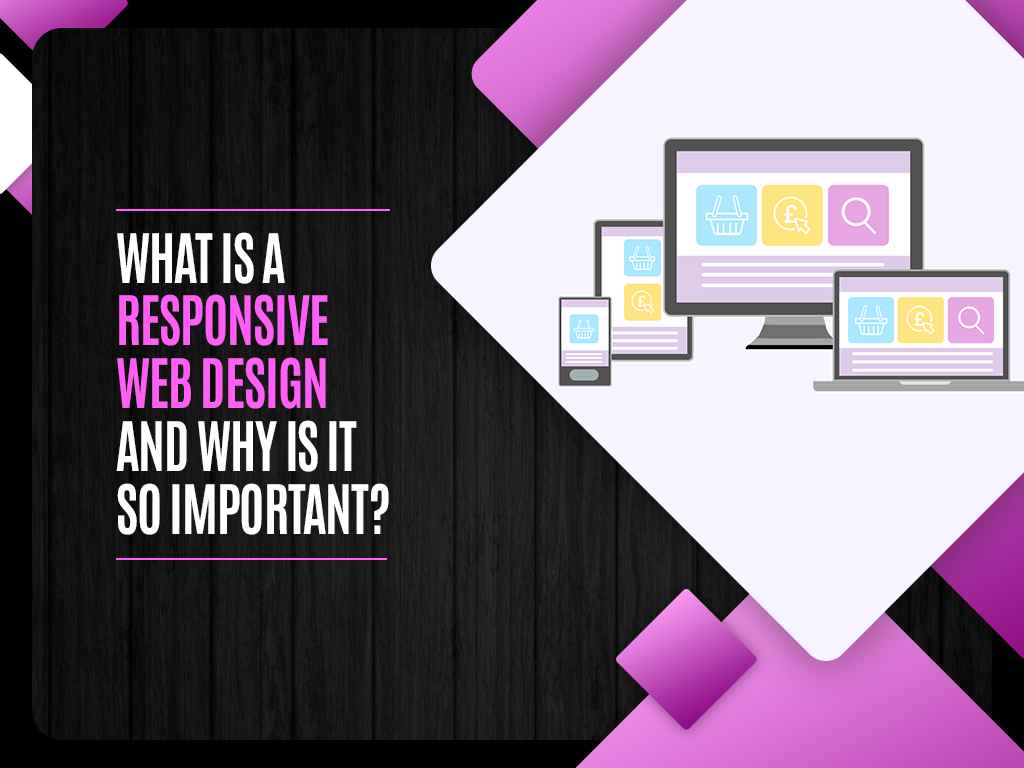What is a Responsive Web Design and Why is it So Important?

A responsive web design is a website design style that enables web pages and websites to display on any device and screen size by automatically adjusting to the screen. It ensures that a site retains its optimal appearance and usability no matter the device/ gadget it’s presented on. As a user switches from one device to another, the site should switch automatically to accommodate image size, scripting abilities, and resolution. Discussed below is why a responsive web design is so important.
1. Better user experience
User experience implies how users feel when interacting with your site/ web pages. While a great user experience results in customer satisfaction, a poor one drives site users away. User experience ensures visitors enjoy positive experiences when on your site. In addition, good user experience enhances your site’s SEO because search engines see user experience as a significant ranking factor.
The excellent user experience a responsive web design delivers boosts conversions as visitors are likely to buy from sites that are easy to navigate. Web design experts, such as Bizango, can help layer user experience into your content techniques and website page development to boost the likelihood of positive user experiences for your site visitors.
2. Responsive web designs are cost-effective
Without a responsive web design, businesses are forced to maintain separate sites for mobile and desktop users, which can be time-consuming and costly. A responsive web design eliminates the need for individual websites, significantly lowering website maintenance and development costs. You only have to invest in one web design to appeal to different device users.
3. Boosts social sharing
When website visitors love your content, they might want to share it with their peers on social media. Nonetheless, if your site is not optimized for social sharing, your business could miss out on reaching more prospects. A responsive web design prioritizes a site with social sharing abilities, making it easier for users to share your content. The more social media shares you get, the higher the possibility of your website gaining more visibility. Increased visibility results in more web traffic and generates more leads. To enhance your website’s social sharing, consider the following best practices:
- Integrating social media links: Incorporating social media buttons/ links to your site simplifies content sharing. Ensure the links/ buttons are easily visible to encourage users to share your website content.
- Testing and optimizing responsive web design: To ensure site users can share your content on their socials, test and optimize elements like navigation bars, clickable links, font styles/ colors/ sizes, and more
- User behavior variations on socials: Twitter and Facebook users don’t utilize their respective channels in a similar manner. So learn how individuals use and engage on various platforms to ensure the content you curate aligns with those behaviors
4. Easy management
As a small business, you might not have extra time to refresh/ update your site’s appearance. A responsive web design enables you to easily make any alterations, eliminating the need to leave your website aspects to a designer. Since you only have a single website, your website’s digital marketing elements are easier to manage. You don’t have to worry about whether to link the desktop/ mobile site on social media updates or if the redirect links are working to drive the right users to the correct website. Web design responsiveness makes business website management less stressful.
Endnote
Responsive web designs are crucial for business site owners. Familiarize yourself with why a responsive web design is essential to determine how it benefits your business.

